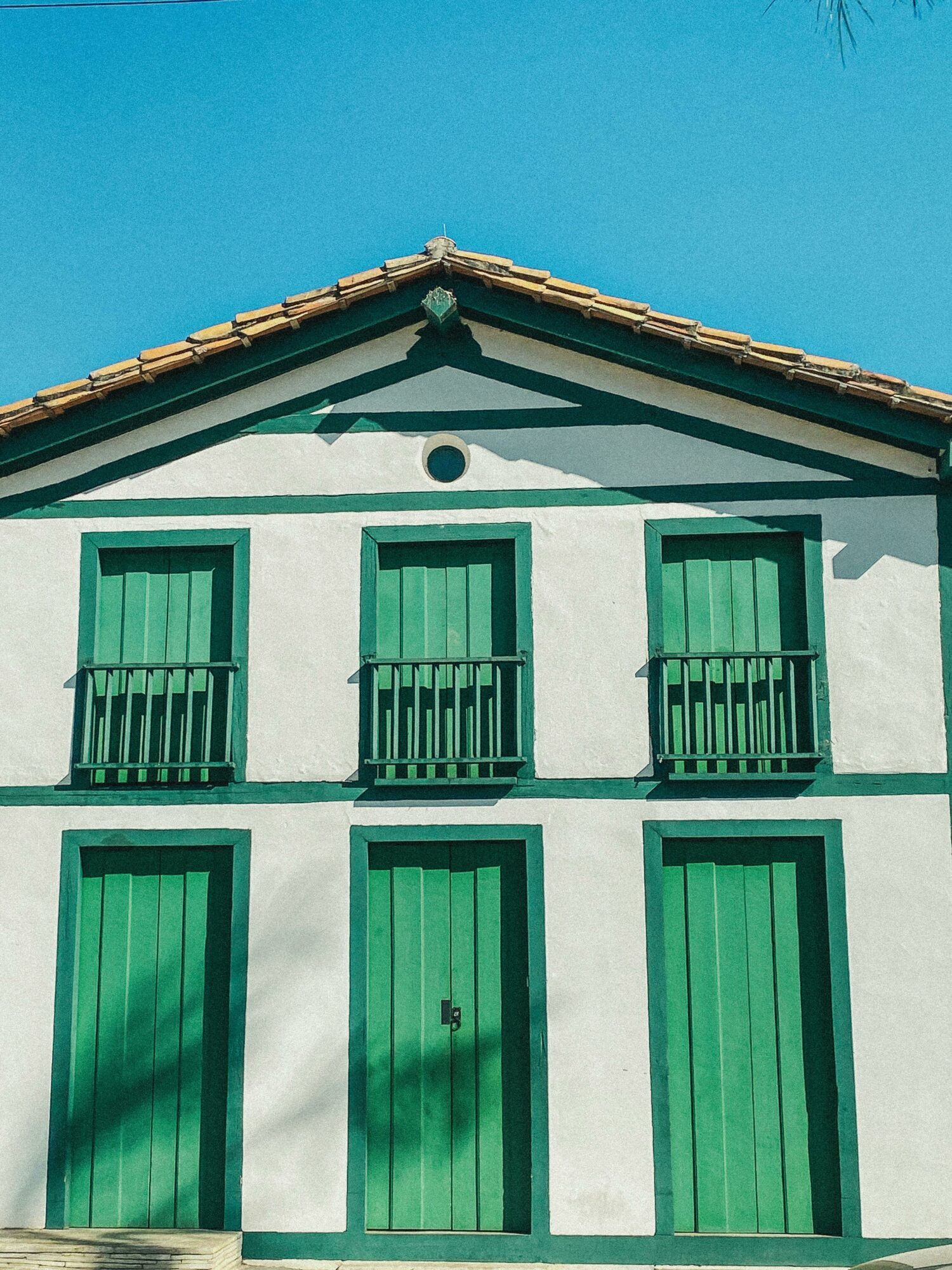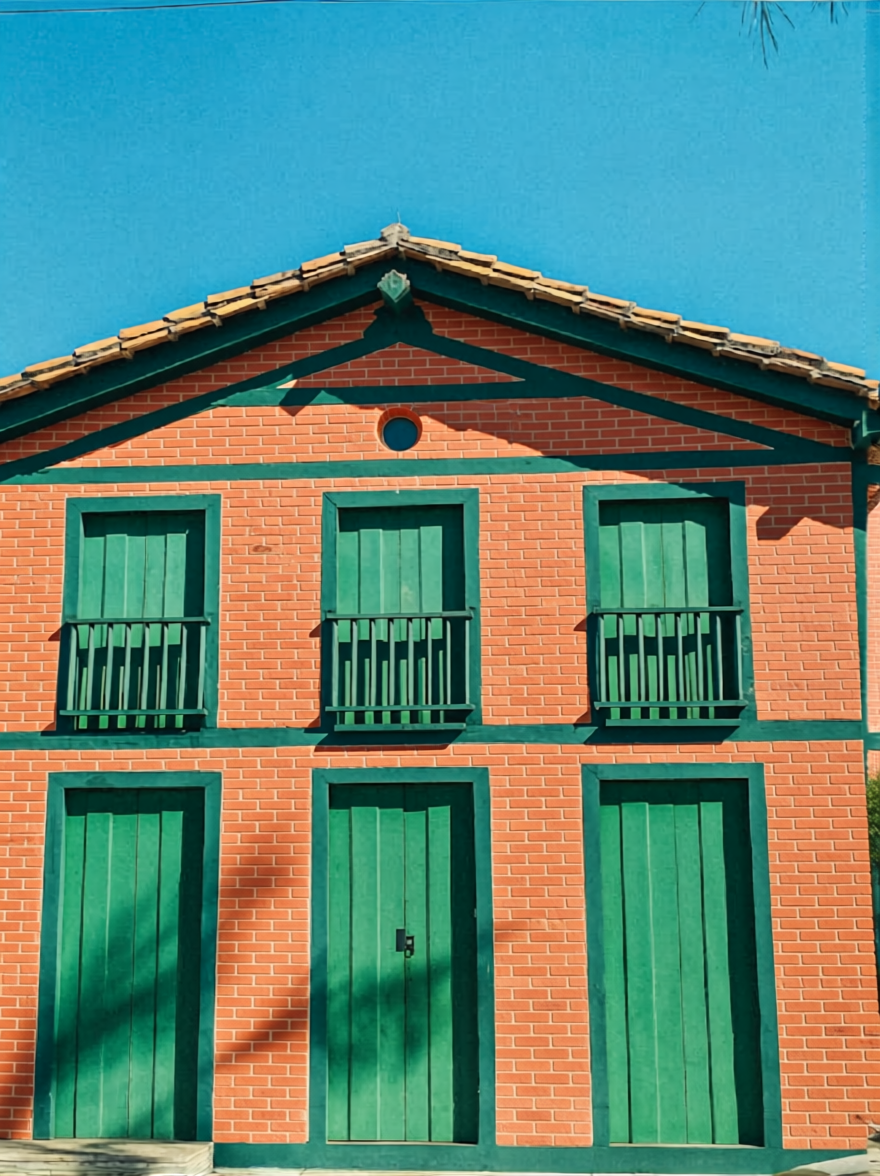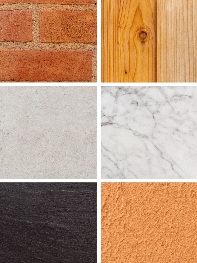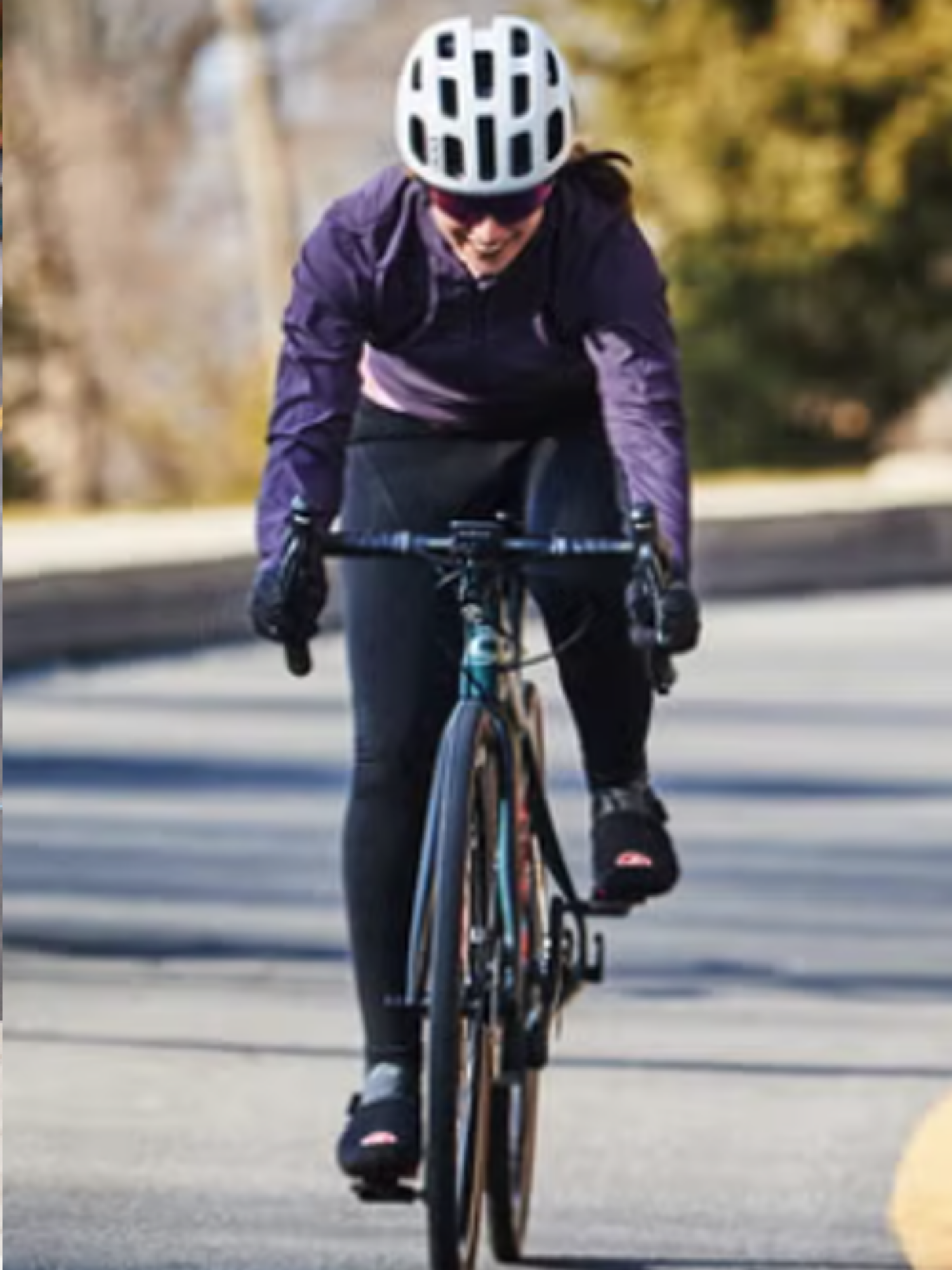What is Qwen Image Edit for Urbanism?
Qwen Image Edit for Urbanism is a fully local, open-source workflow for architectural and urban scene editing. Built on ComfyUI and the Qwen-Image-Edit model (GGUF format), it allows natural-language manipulation of urban imagery without any reliance on cloud APIs or external GPUs. Whether you’re designing public spaces, testing façade alternatives, or visualizing pedestrian-friendly streets, the workflow lets you modify city scenes directly through text prompts, for example:
-
“Add trees and benches along the sidewalk”
-
“Turn this street into a pedestrian plaza”
-
“Change the building façade to include shops on the ground floor”
Everything runs fully offline, ensuring data privacy, reproducibility, and fine control over every transformation. At present, Qwen Image Edit for Urbanism supports single-image modification and composition, allowing users to edit or place one image using another as reference or conditioning input. Future versions will introduce localized inpainting guided by prompts, and targeted object-level inpainting — enabling highly specific and spatially aware editing directly within ComfyUI.
How It Works
Qwen Image Edit for Urbanism runs entirely within ComfyUI, using a series of interconnected models and custom Python nodes developed by Urban Geo Analytics (UGA). Rather than a single model, the system relies on a set of integrated components — including Qwen-Image-Edit, CLIP, VAE, and auxiliary modules for conditioning, scaling, and sampling — all orchestrated through modular pipelines.
Each version of the workflow introduces its own configuration and logic, ranging from image resizing and conditioning to compositional editing and sequential automation. These pipelines are not static: they include custom nodes written in Python, enabling new operations such as random or sequential image loading, automatic iteration, and context-aware modifications.
To fully grasp the nuances and possibilities of each configuration — including parameter settings, model variants, and task-specific node combinations — users should refer to the corresponding version tutorials provided on the Urban Geo Analytics website.
Features & Applications
🏗️ Urban Editing — Modify streets, façades, or public spaces using text prompts or reference images. Combine descriptive instructions with visual examples to design, replace, or enhance elements within a scene — ideal for architectural visualization and rapid urban design prototyping.
🌳 Context-Aware Transformation — Add, remove, or adjust urban components while maintaining spatial realism, perspective, and lighting consistency. The model adapts to urban contexts, preserving environmental coherence across edits.
💡 Offline & Private — Runs entirely on your local machine — no cloud APIs, no remote inference. This ensures data privacy, reproducibility, and full control over every stage of the generative process.
⚙️ ComfyUI Integration — Built as a modular ComfyUI workflow with custom Python nodes.
🚀 Future Applications — Upcoming releases will introduce new functions such as rotating an object before inpainting it in the scene.
Illustrations
v1.0

Prompt: “add a tree in the middle of the street”

v1.1


Prompt: “changes the walls of the house in image 1 by the brick wall material of image 2”

v1.2


Sequential and Batch Edits

v1.3


Edit with a Mask: “add cyclist from image 2 to the mask in image 1”

Download & Installation
- Download and install the git version of ComfyUI with ComfyUI Manager, or the standalone ComfyUI (already includes the Manager).
- Open the desired workflow and when prompted by the manager install the missing nodes. Then, follow the Qwen-Edit-UGA tutorials to download and place the necessary checkpoints, VAE, CLIP, and other model files inside your ComfyUI/models directory.
- To directly add our custom nodes (required from v1.2), navigate to your ComfyUI directory: ComfyUI/custom_nodes/ and clone or download our repository and put it in your custom_nodes directory
git clone https://github.com/perezjoan/ComfyUI-QwenEdit-Urbanism-by-UGA.git - Restart ComfyUI
The nodes will appear under image/sequence and image/random categories.
Tutorials & Workflow Downloads
Open ComfyUI → File → Load → Workflow and choose the version file to import it into your workspace.
| Version | Description | Tutorial | Download |
|---|---|---|---|
| v1.0 | Basic Qwen Image Edit workflow for single-image editing. Adapts automatically to input ratio and size. | Link | Link |
| v1.1 | Adds image editing from a reference image and advanced sampling capabilities for complex scenes. | Link | Link |
| v1.2 | Sequential, batch edits & custom nodes | Link | Link |
| v1.3 | Edit with a mask & a reference image | Link | Link |
Credits
Developed by Urban Geo Analytics (UGA)
Based on open-source work by QuantStack, ComfyUI, and Qwen Image Edit contributors.
🔗 GitHub Repository: github.com/perezjoan/ComfyUI-QwenEdit-Urbanism-by-UGA
🪪 License: MIT
© 2025 Urban Geo Analytics — All rights reserved.
